Graphics Reference
In-Depth Information
Figure 11.26.
Boehm knot insertion.
n
+
Â
1
*
*
.
()
=
()
pu
N
u
p
(11.97)
ik
i
i
=
0
11.5.2.13
Theorem.
The new control points for equation (11.97) are defined by
*
(
)
pp
=
a
+
1
-
a
p
,
i
i
i
i
i
-
1
where
a
=
1
,
0
£
i
£
h
-
k
+
1
i
tt
-
i
=
,
hk
-+££
2
ih
,
t
-
t
ik
+-
1
i
=
0
,
hi
+
1
£
£
n
+
1
Proof.
See [Boeh80] or [Seid89]. Figure 11.26 shows the idea behind the proof. We
have inserted the knot t = 3 into the knot vector (0,0,0,0,1,2,4,5,6,6,6,6) used in Figure
11.25.
Inserting knots does not change the shape of the curve but increases the number
of control points; however, in contrast to Bézier curves we do not raise the degree of
the curve by doing this.
Theorem 11.5.2.13 shows how to insert a single knot. Sometimes one wants to
insert more than one knot at a time into a knot vector. The next theorem shows how
to do that. We again assume that we have a B-spline p(u) with knot vector K = (t
0
,t
1
,
...t
n+k
), but this time we want to replace K with a new knot vector K* = (s
0
,s
1
,...,
s
m+k
), m ≥ n. If N
i,k
(u) are the spline functions associated to K*, we want to find the
new set of control points
p
j
*
, so that
m
Â
*
*
.
()
=
()
pu
N
u
p
(11.98)
jk
j
j
=
0
11.5.2.14
Theorem.
(The Oslo Algorithm) The control points for equation (11.98)
are defined by
n
Â
0
*
k
p
=
a
p
,
0
£
j
£
m
,
j
i
ij
,
i
=



